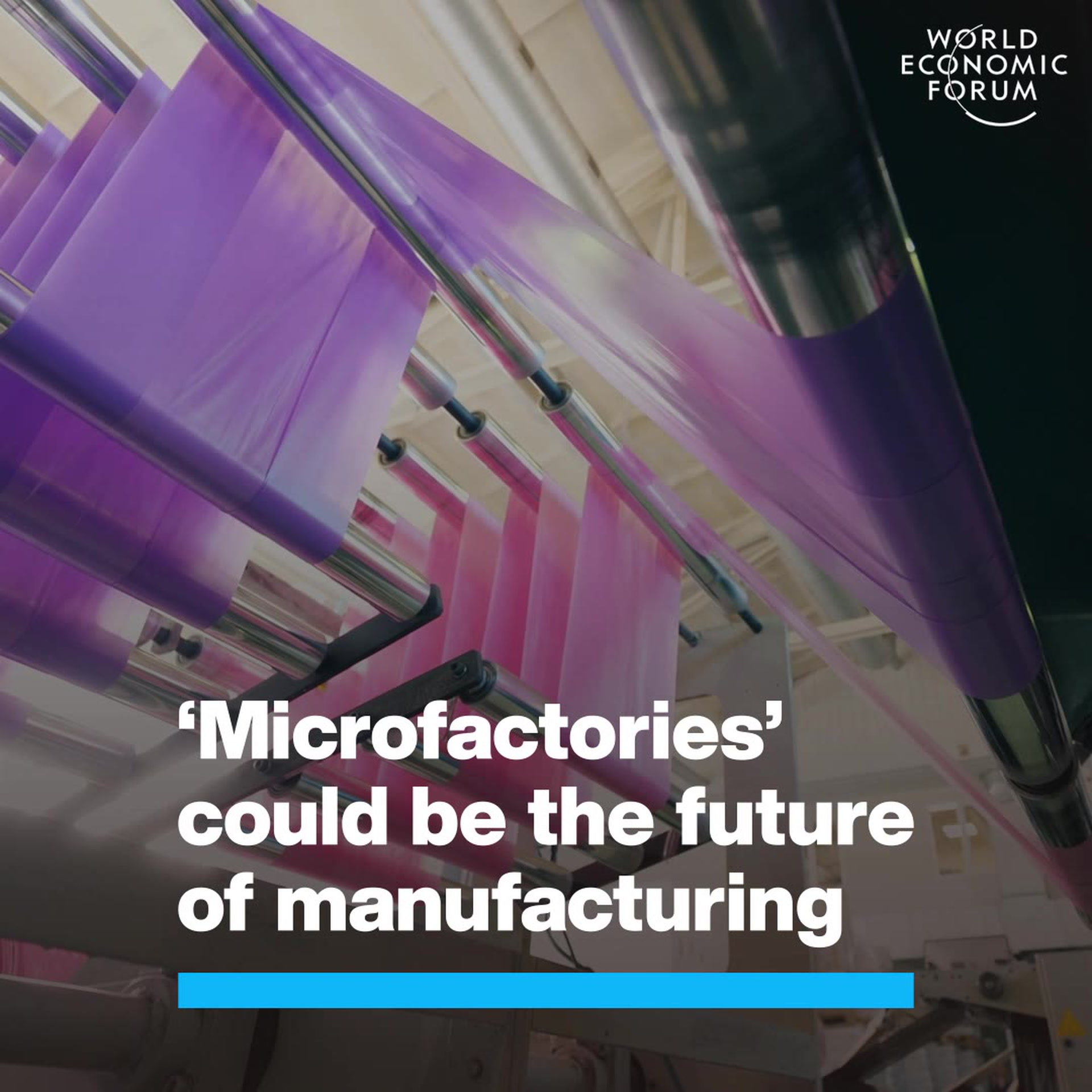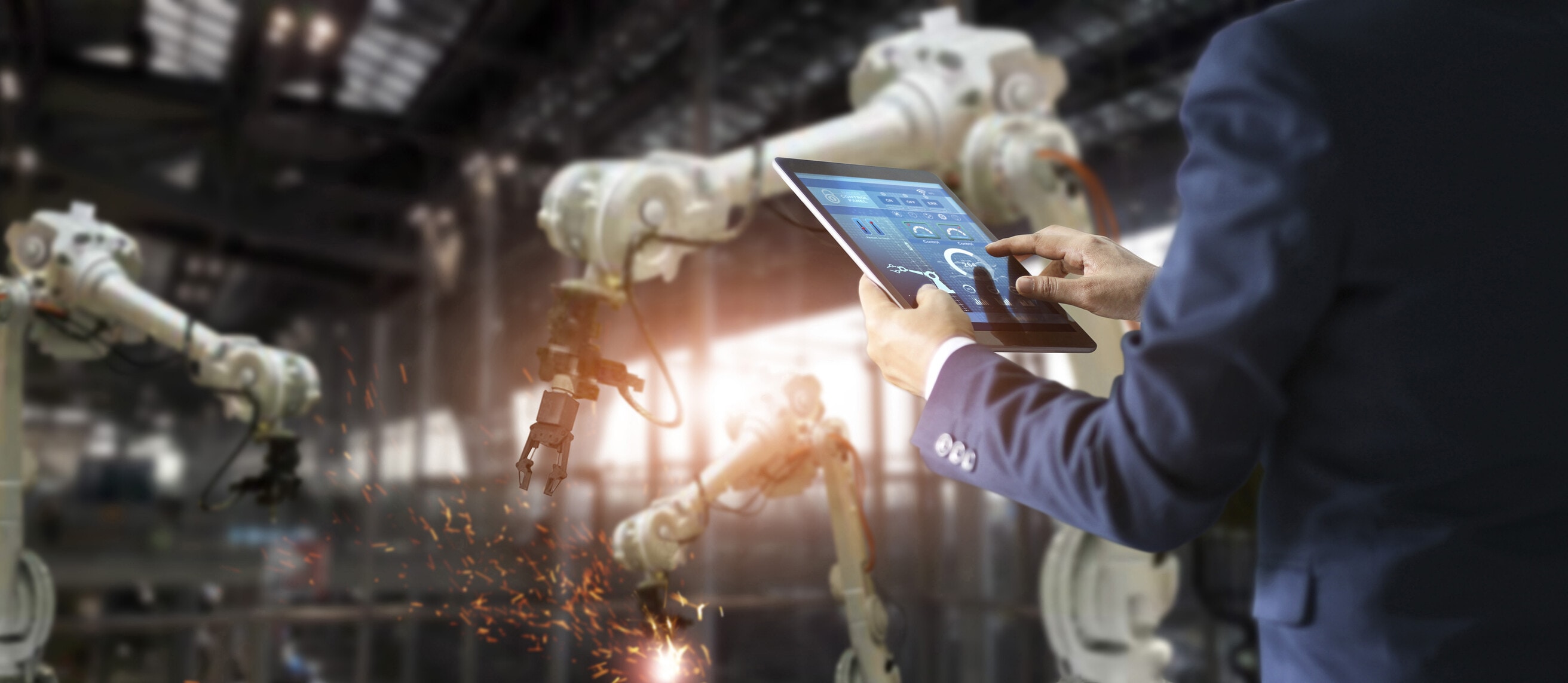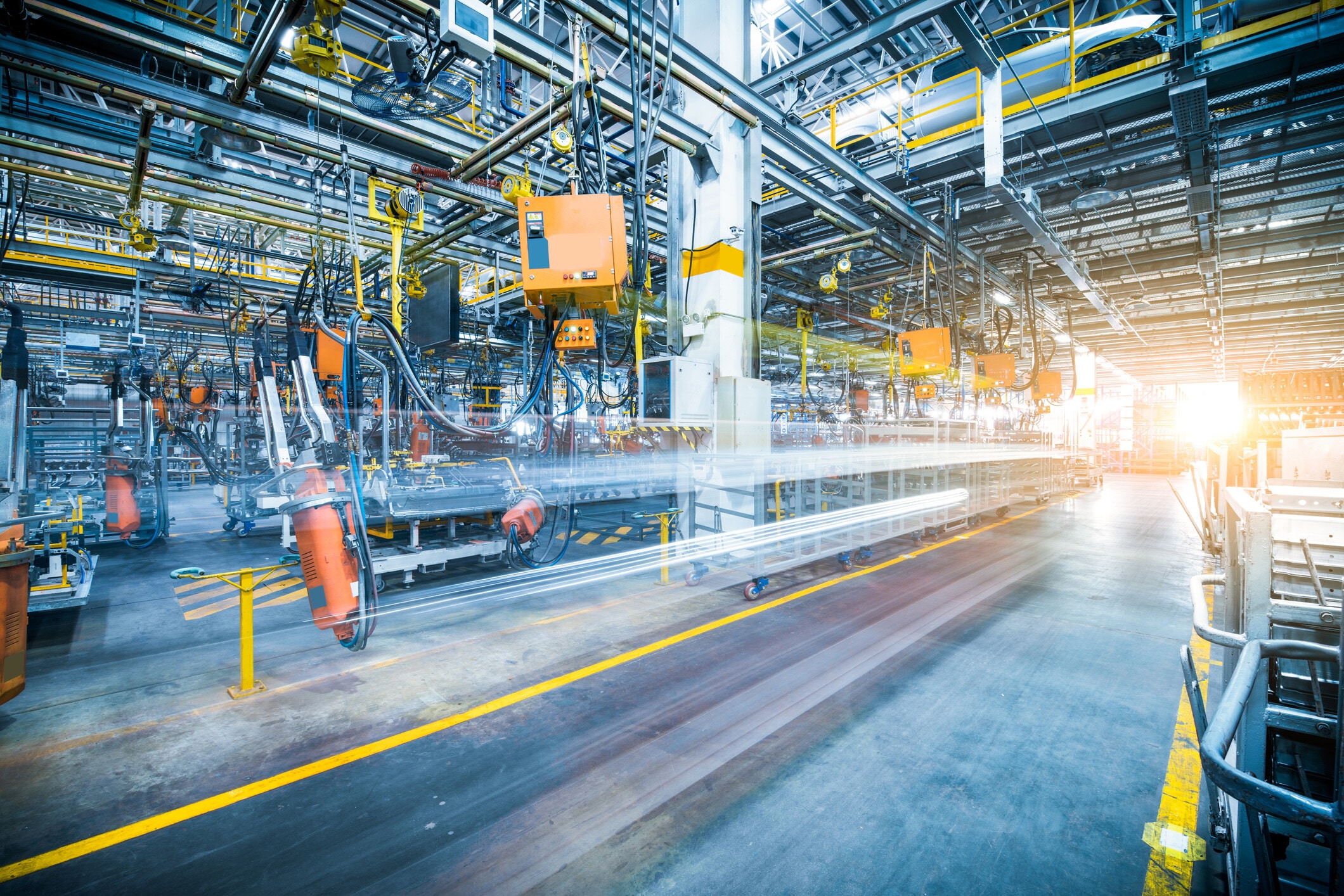These 7 tech investments are critical to building ‘intelligent factories’ after COVID-19

Nokia’s leading 5G manufacturing plant in Oulu, Finland. Image: Nokia

Get involved with our crowdsourced digital platform to deliver impact at scale
Stay up to date:
Advanced Manufacturing
- COVID-19 has created supply chain challenges across industries, especially manufacturing.
- Companies that invested early in digital technologies fared better during the pandemic.
- The future of manufacturing lies in intelligent, “conscious” factories powered by industrial private wireless networks and digital automation solutions.
The COVID-19 outbreak disrupted supply chains and business continuity plans around the world – especially for factories. As the pandemic triggered travel restrictions, lockdowns and social distancing requirements, a number of important challenges emerged for businesses. They included running essential functions and business continuity plans for normal operations, giving workers safe physical access to sites and coping with a much-reduced workforce, and ensuring the timely support, supply and successful delivery of essential equipment.
Nokia’s leading 5G manufacturing plant in Oulu, Finland, faced an additional challenge. The factory’s output is technically complex and relentlessly intense, producing roughly 1,000 4G and 5G base stations per day. During the pandemic, that output became mission critical as customers, including some of the world’s largest service providers and enterprises, had to meet new communication workloads and connectivity demands created by the pandemic.
Nokia’s decisions before and during the pandemic demonstrate how early investments in digital transformation technologies and human capabilities can build resilience across industrial organizations in the long term.
Industry 4.0 first movers
Many businesses and consumers switched to digital solutions during the lockdown, be it in the form of online meetings instead of physical ones, or e-books instead of physical books. However, asset-intensive industries cannot create digital copies to replace machines, turbines, assembly lines or railway tracks. The key to business continuity for these industries lies in the digital control of physical assets, driven by the convergence of Information and Operations (IT/OT) Technologies.
In our case, this change happened long before the pandemic. During the last decade, the Oulu factory was transformed from the ground up, from a mere shop floor into an intelligent ‘conscious’ factory powered by our own industrial private wireless networks and digital automation solutions.
As the pandemic’s business impact became clearer, within days, we were set to re-engineer how our company worked, leveraging intelligent technologies and processes in new ways, bringing new capabilities to life, resulting in full control and monitoring of factory operations from different locations.
This transformation has proven invaluable. The early investments enabled a new set of flexible manufacturing centers during the pandemic that managed critical product transfers, introduced new products in real-time and quickly realigned R&D and operations to maintain business continuity and provide timely support. Such technologies ensured the creation and global delivery of world-class telecommunications equipment, which in turn, has kept our connectivity seamless.
"The key to business continuity for asset-heavy industries lies in the digital control of physical assets."
”Those looking to build resilience into their own manufacturing processes, must invest in capabilities that bring forth the best of IT and OT convergence. To this end, Nokia leveraged the following capabilities:
1. Guaranteeing resilience. Uninterrupted, low-latency connectivity of mobile assets and devices is key to delivering reliable digital communications. This was achieved using our own Digital Automation Cloud, a simple and secure private wireless network platform, and enabler to all other technologies.
2. Gaining clear, real-time visibility across operations - without having people physically present on-site. We achieved this by recreating in-the-field conditions using exact replicas in lab environments leveraging “digital twins,” helping us test adjacent technologies and anticipate problems before they occurred.
3. Delivering real-time data visibility and visualization. We used automated data tools from our partner ecosystem to manage the huge amounts of data being analyzed every day.
4. Ensuring vital collaboration and decision-making. We used remote collaboration tools including for voice, video and instant messaging to maximize collaboration between and within global teams.
5. Knowing the location of critical assets on the shop floor. Beam telepresence robots on shop floors, steered by staffers at home, allowed for remote views, inspections and surveillance at 'sending' and 'receiving' factories.
6. Connecting to machines on the shop floor. Standalone surface mount technology (SMT) machines were accessed by experts using telepresence, remote access and collaboration with site-based and home-based workers using remote control application software to enable programming and Nokia's visual and X-ray inspection.
7. Creating and sharing manual assembly steps. To guarantee quality control, we used virtual reality training to help employees learn assembly steps.
What is the World Economic Forum doing to help the manufacturing industry rebound from COVID-19?
Lessons learned
As we begin rebuilding the economy in a post-COVID-19 world, CTOs and CIOs in all industrial companies recognize that Industry 4.0 will accelerate and the timeframe for adoption of these technologies will have to be shortened to build a resilient and safer future.
While the digital transformation journey and business continuity plans for an asset-heavy industry is different than what’s needed for information-based, light-asset industries, planning is still key. In our case, pre-existing technology and workforce investments drove success, empowering and augmenting staff with the leadership, creativity and digital skills needed to successfully execute on existing business continuity plans.
Such planning can seem like a glimpse into an ideal future, but can help give any company a distinct advantage during times of great change. In our case, the pandemic has allowed our teams to better meet current challenges, without needing to play catch up on training for new technologies.
To achieve the digital control and self-orchestration needed to stay buoyant and competitive - both in normal times and post-COVID – network reliability, performance, and predictability must be dramatically elevated across all assets and ecosystems with mission-critical networks and industrial automation solutions.
Then, and only then, can information and operations technologies converge to deliver enterprise value and industrial mission-critical performance during the most critical times.
Don't miss any update on this topic
Create a free account and access your personalized content collection with our latest publications and analyses.
License and Republishing
World Economic Forum articles may be republished in accordance with the Creative Commons Attribution-NonCommercial-NoDerivatives 4.0 International Public License, and in accordance with our Terms of Use.
The views expressed in this article are those of the author alone and not the World Economic Forum.
The Agenda Weekly
A weekly update of the most important issues driving the global agenda
You can unsubscribe at any time using the link in our emails. For more details, review our privacy policy.
More on Advanced ManufacturingSee all
Stephanie Wright, Memia Fendri and Kyle Winters
February 13, 2024
Maya Ben Dror and Lena McKnight
January 31, 2024
Dr. Matthew Putman
January 17, 2024
Kyriakos Triantafyllidis and Andreas Hauser
January 16, 2024









